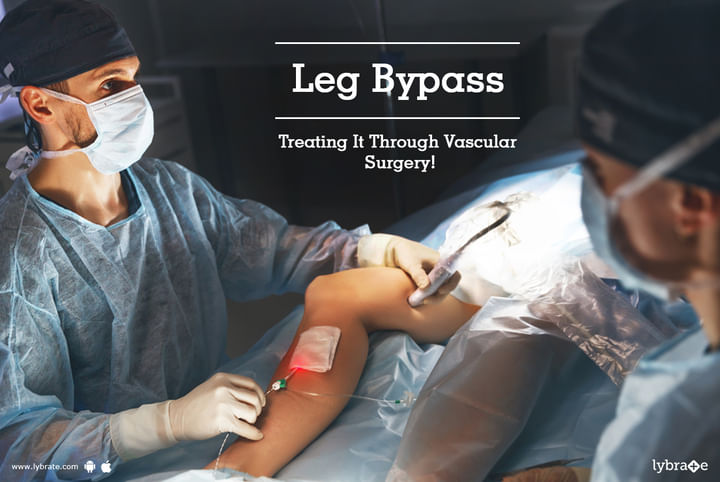Leg Bypass - Treating It Through Vascular Surgery!
Leg bypass surgery is needed when the patient suffers from peripheral artery disease. PAD is a very common condition in elderly people, where the rate of flow of blood to the limbs (in this case, the legs) is reduced due to narrowing of the blood vessels.
Causes and risk factors-
The narrowing of the blood vessels occurs due to excess calcium accumulation and fat deposits in the walls of the arteries. The following are the risk factors of PAD-
• Age (60 years and above) • Smoking • Diabetes
The condition may be life-long or can last for years.
Symptoms that indicate you might need a leg bypass surgery-
The following are the signs and symptoms of PAD, which suggest you should consider having a leg bypass surgery-
• Pain in the legs, especially when walking • Pain in the buttocks • A sore on a foot/leg that does not seem to heal • Thinning of the skin on the legs • Loss of hair on the legs • Tingling, weakness, or numbness in the legs • One or both the feet/legs may feel cold • The feet or legs may appear bluish, pale, or dark reddish in colour
You should get yourself checked by a specialist in the initial stage, or else the condition may get worse and affect your day-to-day activities.
Vascular surgery for PAD in the legs:
Vascular surgery is a surgical sub-specialty, which manages vascular system disorders- disorders of the veins, arteries, and lymphatic circulation- by surgical reconstructions, minimally invasive procedures, and medical therapies.
The most commonly used surgical procedure is the leg bypass surgery. The surgery aims to reroute the supply of blood around an obstructed artery in one of the legs.
How is leg bypass surgery performed?
The surgeon performs leg bypass surgery using a graft (usually made of plastic tube) to bypass or replace the blocked portion of the artery. On some occasions, the graft may be a vein or blood vessel taken from the patient’s body (usually, the other leg).
During the surgery, the surgeon will first administer anaesthesia so that you are not able to feel pain or discomfort. He/she will make an incision over the portion of the blocked artery. After carefully removing the skin tissues, the surgeon will place clamps on each side of the narrowed artery and sew the grafts in place. The surgeon will ensure that the flow of blood in your lower extremity (legs) is good. An arteriogram (an X-ray of the arteries/blood vessels) is recommended to make sure that the graft is working fine after the leg bypass surgery.
For most people, leg bypass surgery helps improve the flow of blood in the arteries. The prognosis is better if underlying medical conditions like diabetes are controlled.



+1.svg)
